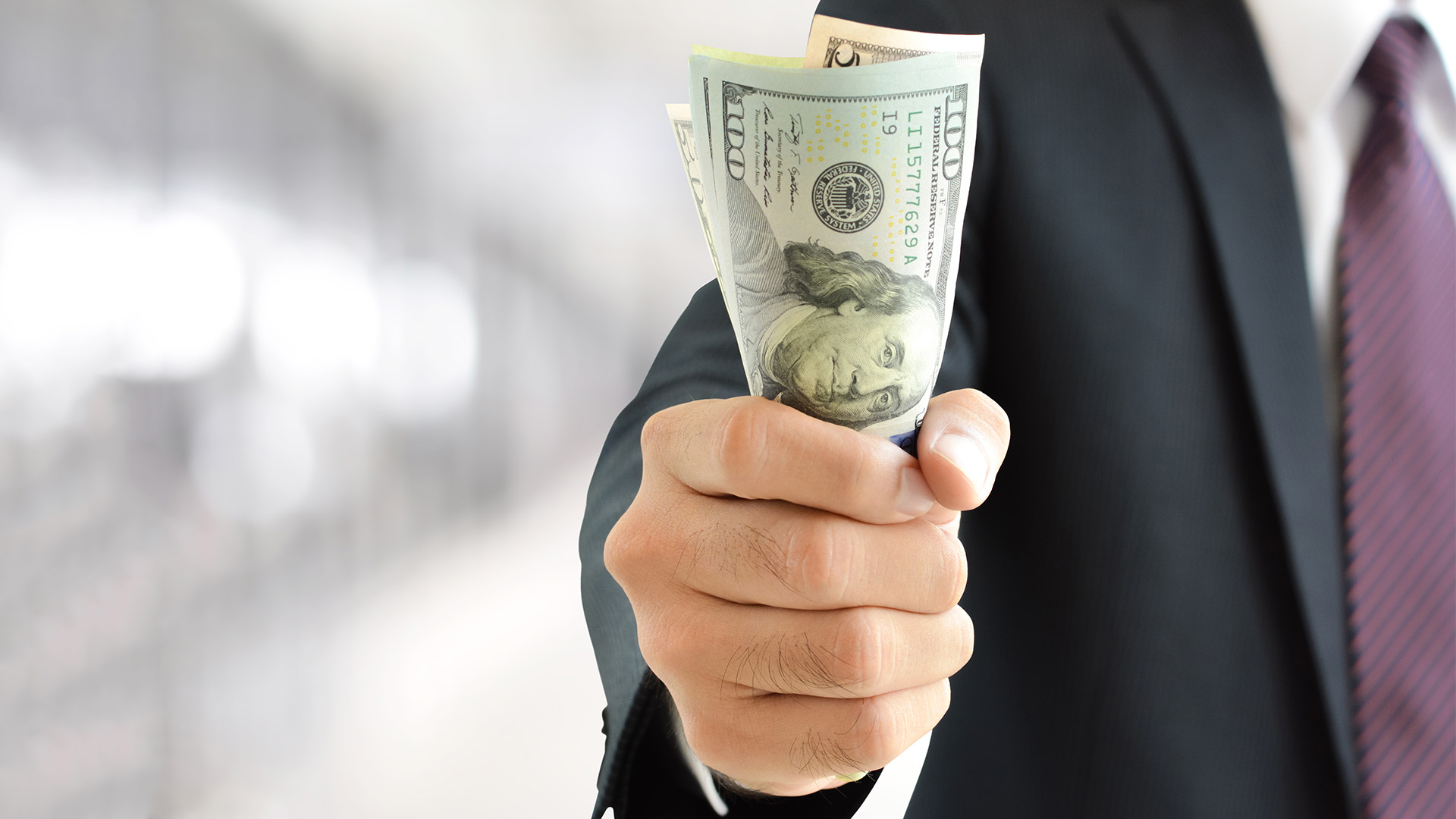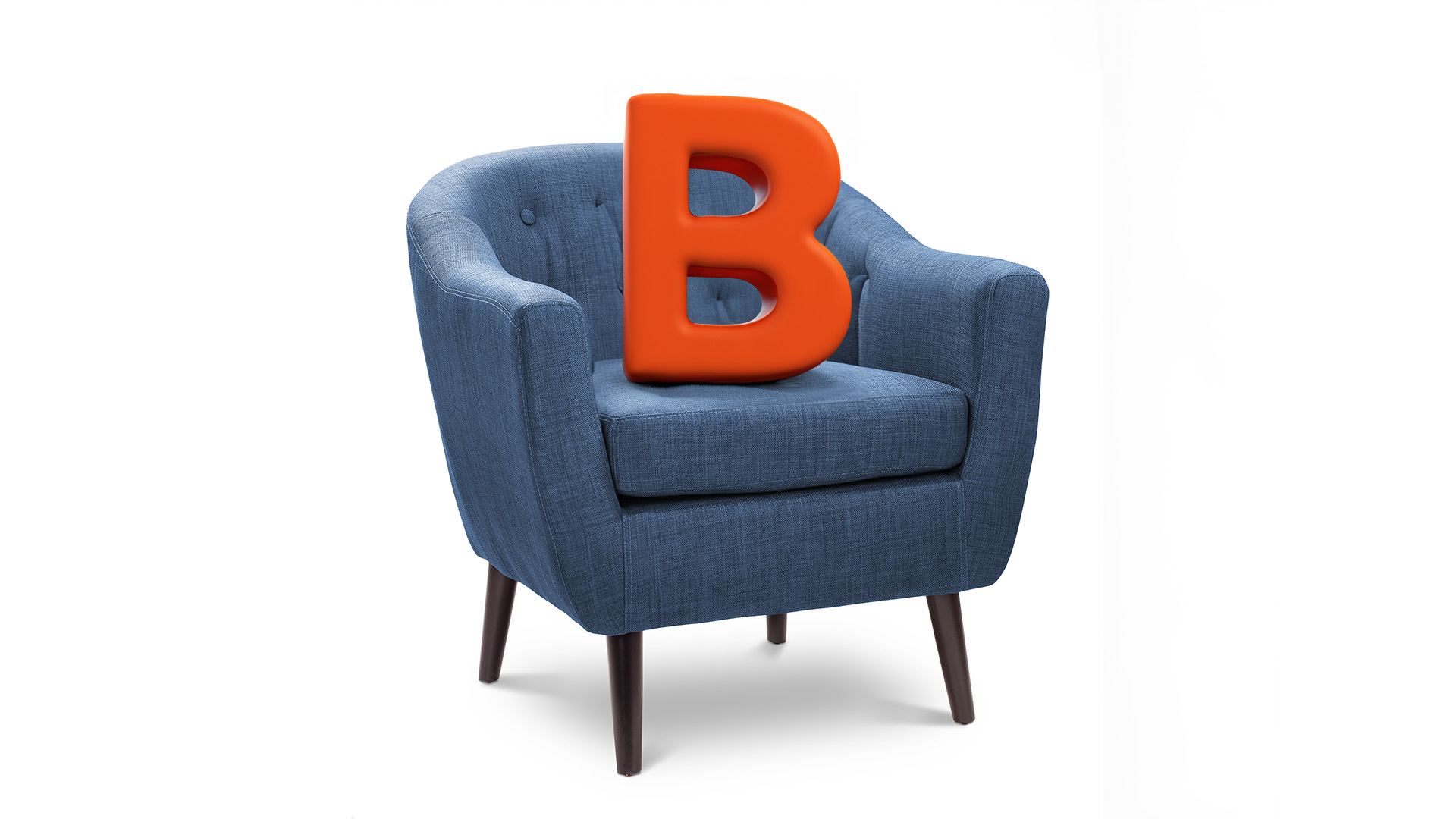
The interim David Jones result was a bit better than the market expected and the company’s shares jumped in the wake of the result’s release, before the interest waned a bit.
The shares hit a day’s high of $2.79, up around 12%, but closed up 7% at $2.70.
The flurry in interest came after the retailer said its net profit rose 2.4%, and reaffirmed forecasts for full-year profit growth of between zero and 5%.
But that will be after forecasting six straight quarters of negative like-for-like sales growth, with the company bracing for a tougher trading period than even the last Australian recession back in the early 1990s.
Net profit was $91.16 million for the six months ended January 24, up from $88.98 million in the previous corresponding period.
This was after earnings before interest and tax fell to $134.1 million, from $136.8 million in the previous corresponding half of 2008. That in turned followed a 3.5% fall in department store EBIT to $114.4 million and a 7.5% rise in the EBIT from the financial services business to $19.7 million.
Cuts in the cost of doing business (down 0.70%) meant the company’s EBIT margin rose half a cent to 12.6c in the dollar.
Despite the prospects for negative sales growth and small gains in earnings, directors showed their confidence in the outlook by maintaining interim dividend at the record 11c a share of the first half of 2008.
"Whilst the current financial circumstances are worse than predicted, our company is well prepared," chief executive Mark McInnes said in a statement to the ASX.
"We have over the past 24 to 36 months taken important steps to transform our balance sheet, preserve our strong cash flows and manage the key variables of our business to ensure that today we have a resilient business model capable of withstanding a significant economic downturn,” he said.
Sales fell more than 6% to $1.06 billion in the half, a result already relayed to the market earlier by the company when it trimmed its guidance from 5% to 10% growth to zero to 5% profit growth.
The group’s gross profit margin for the first half of declined to 39.5% from 39.8% in fiscal 2008 a result the company said was "pleasing given the prevailing retail conditions."
Mr McInnes said in his statement that "Throughout fiscal 2006 and fiscal 2007 we utilised the strong economic environment to plan for an impending downturn.
"Over this period we completed significant structural changes to our business to ensure our company continued to generate strong cashflows, had low debt levels as we entered the economic downturn."
The company said in the statement and at a later presentation to analysts that it had net debt of less than $100 million.
The company assured investors that its big capital spending program over the next year won’t be a burden.
"Capital Expenditure (Capex) for 1H09 was $39.4 million. In FY09, the Company is forecasting total Capex (including the spend on the Bourke Street refurbishment) at $105 million, with funding from the sale of the Bourke Street Home Store ($42 million) and the Dividend Reinvestment Plan (DRP), ensuring that the Company’s direct contribution is limited to no more than $50 million," it said in the statement.
Mr McInnes said, “The interest payable on our debt is significantly less than the commercial rent that would be payable on our flagship Sydney and Melbourne CBD properties, had we not acquired them in September 2006.
“All of our existing assets are of the highest quality and are supported by strong Cashflows reflecting the strong focus the Company has placed since 2003 on ‘return on capital’.
“We are able to fund all strategic growth initiatives identified for the FY09 to FY12 period from: Capex (funded from operating Cashflows capped at an average of $50 million per annum (p.a.); contributions from external stakeholders; our DRP; and ?the sale proceeds of our Bourke Street Home Store, without the need to draw down additional debt funding.
"On the basis of the above Sales Guidance the Company reaffirms its PAT growth guidance of 0% to 5% in 2H09 and FY09", Mr McInnes said.
For the first seven weeks of 3Q09 the Company is on track with its Sales budget.
The Company reaffirms its LFL Sales Guidance of –3% to –5% in 1H10 and flat Sales in 2H10. On this basis the Company’s PAT growth guidance for FY10 is 0% to 5%.













